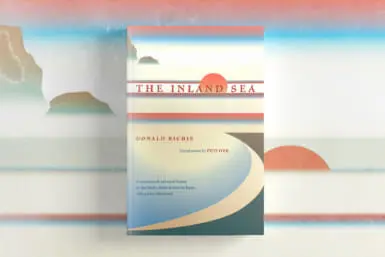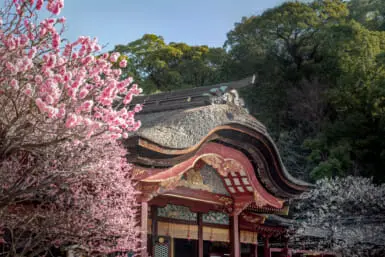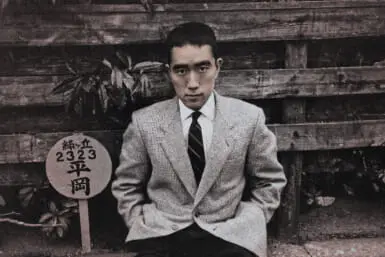Since time immemorial, the beauty of nature has inspired people to create and recreate its magnificence through creative expression. It compels artists to pen travelogues and paint landscapes or, more recently, to write travel blogs and share photos on Instagram. A desire to share the fascination is almost a human need. That awe is beautifully distilled in poetry. Crafted from carefully selected words, poems attempt to capture beauty and bottle it like an expensive perfume. In a sea of daily chatter and swells of pointless filler words, poems stand out like little islands of language formed through volcanic emotion.
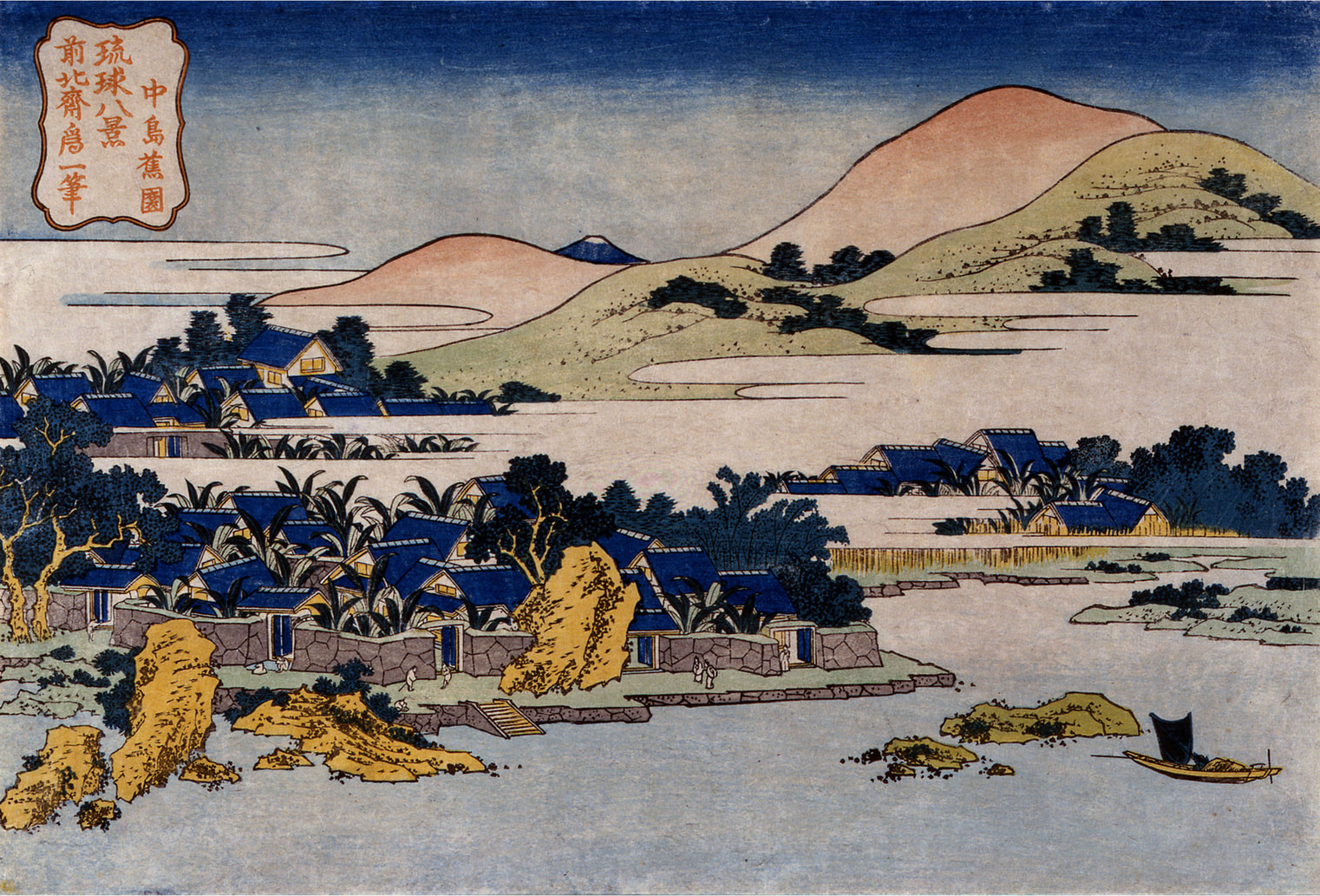
Eight Views of Ryukyu by Hokusai (Urasoe Art Museum)-“Banana Groves at Nakashima”
Odes to Okinawa
Formerly known as the Ryukyu Kingdom, Okinawa still maintains a different culture from the rest of Japan to this day. From habushu, an Okinawan awamori-based spirit containing a submerged habu snake, to the several Okinawan languages, this region has strong ties to its own customs, traditional songs, dances and other cultural heritage.
Okinawa also has its own poetic form called ryuka, or uchinaa uta. This style is based on mainland Japanese waka poetry (which encompasses haiku and tanka) but is modified and localized. It is made up of four lines in an 8-8-8-6 syllabic structure. By comparison, tanka poetry is structured in a 5-7-5-7-7 pattern of syllables. These poems were created to be sung, usually with the accompaniment of a sanshin, an Okinawan string instrument similar to the shamisen.
Most preserved ryuka poems don’t have a known author but are sung widely in the oral tradition. Thematically, the poems sing of island life and culture, of landscapes and love and passion. Here is one well-known example:
夜走らす船や
子の方星目当て
我生ちえる親や
我ど目当て
The boat sailing at night
looks to the north star
My mother who gave birth to me
looks to me.
Credit: Anonymous
Okinawan poems and songs often refer to sailing and starry skies. To this day, the skies over the Yaeyama Islands (including the popular Ishigaki, Iriomote, Taketomi and Yonaguni) are considered one of Japan’s best locations for stargazing. The remote island of Iriomote was the first to be officially designated as an International Dark Sky Place in Japan, in 2018.
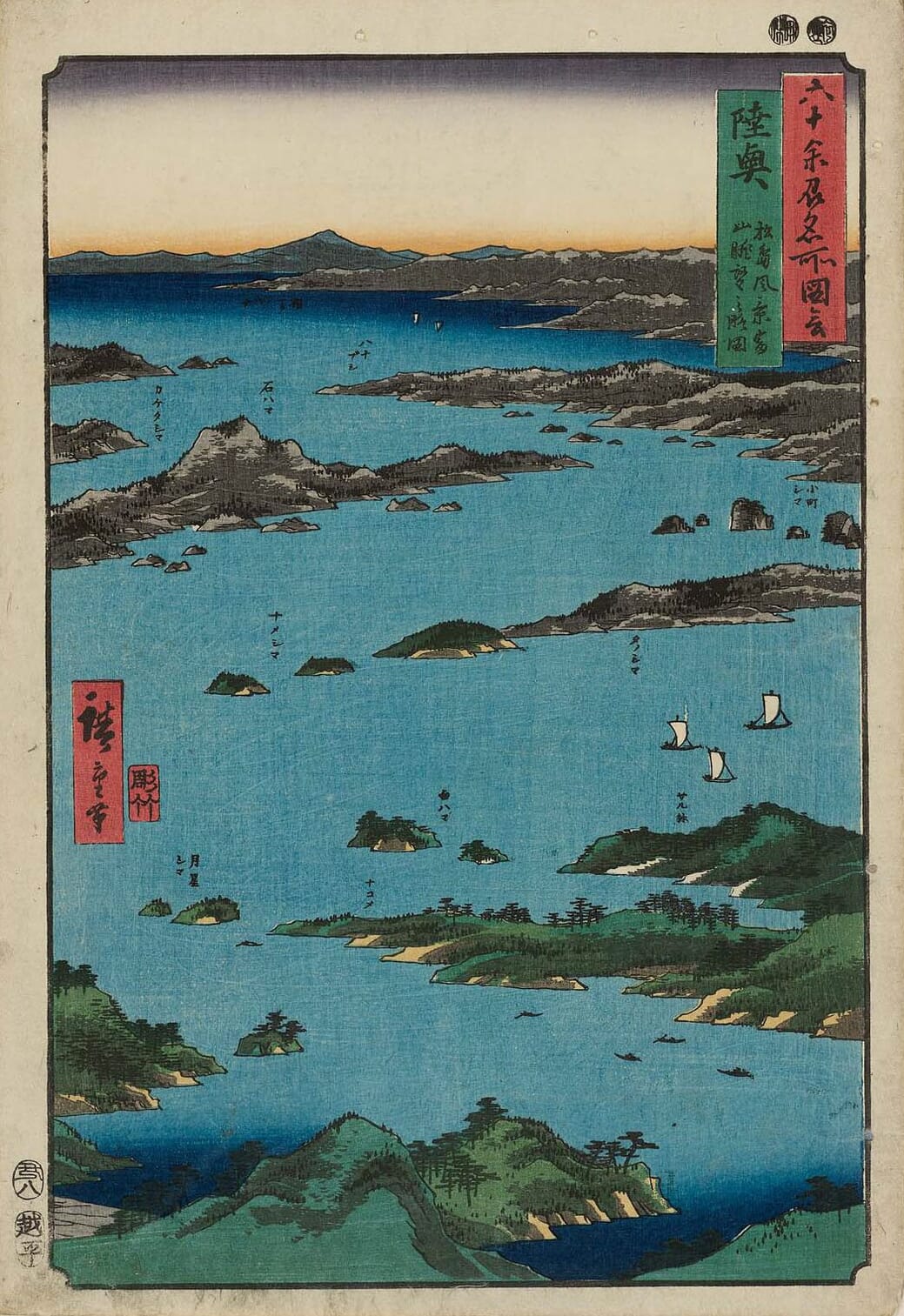
Mutsu Province, View of Matsushima, Sight Map from Mount Tomi
Matsushima Masterpieces
One of Japan’s top three famous scenic views, Matsushima Bay in Miyagi Prefecture is dotted with over 200 small islands covered in pine trees. There’s an anecdote about a speechless Matsuo Basho and his almost wordless haiku about the bay. It’s said he was awestruck by its beauty and could only repeat its name from the sheer emotion.
Alas, while this anecdote cannot be proven, Basho’s other writings (whether haiku, haibun, or entries in his travel diary) express his deep love for Matsushima Bay. He may have been lost for words, but only temporarily. A poem exclaiming Matsushima over and over again does exist, however. It’s credited to Tawarabo, meaning the boy from Tawara, an obscure satirical poet from the Edo Period.
松嶋や
さてまつしまや
松嶋や
Matsushima, ah!
Well, Matsushima, ah!
Matsushima ah!
Credit: Tawarabo, translation unknown
To his credit, Basho did produce some excellent odes to the area. In his travel journal Oku no Hosomichi, Basho writes, “Islands beyond count, towering like fingers to heaven, or lying flat on their bellies across the waves…”
He also wrote this haiku in 1689:
朝夜さを
誰まつしまぞ
片心
morning and evening,
pining at Matsushima
A one-sided love
Credit: Translation by Andrew Fitzsimons from Basho: The Complete Haiku of Matsuo Basho
Sado Island Inspiration
Haiku master Basho famously traveled Japan by foot and his travelogues and poetry spanned further than Matsushima. Many of Japan’s most beautiful landscapes are immortalized in his work. He wrote a haiku about Niigata Prefecture’s Sado Island, and how the sea around it was rough but enchanting, its foamy waves resembling galaxies.
荒海や佐渡によこたふ天の川
The turbulent sea —
Unfurling over Sado
the River of Stars
Credit: Translation by Andrew Fitzsimons from Basho: The Complete Haiku of Matsuo Basho
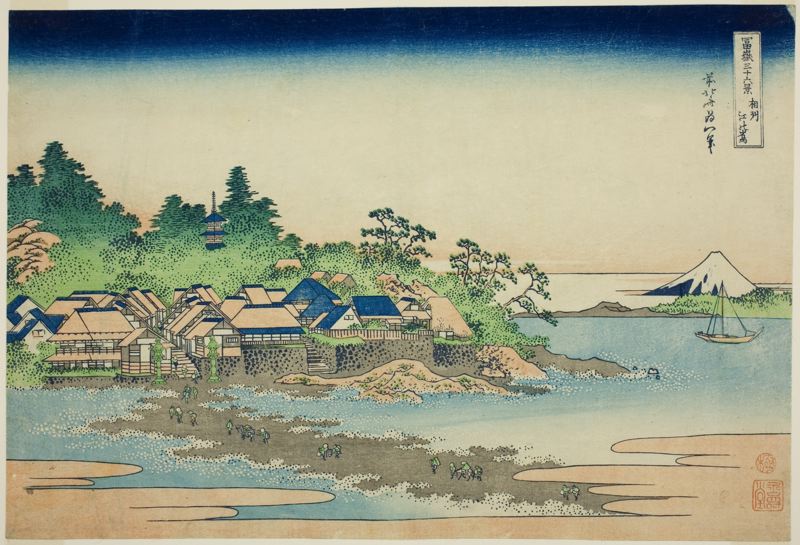
Enoshima ukiyo-e print by Katsushika Hokusai
Expressions of Enoshima
Closer to home for Tokyoites, Enoshima is a tiny speck of an island carrying vast cultural and historic treasures. It’s the island of lovers and dragon legends, and where Benzaiten, the goddess of music among other things, was believed to reside. Widely inspirational, (perhaps there is truth to the deity’s residence), Enoshima has appeared in art and literature for centuries. In one of the supposed dragon lairs on the island, the Iwaya Caves, there is a stone monument with an engraved poem by Akiko Yosano who adored Enoshima. The poem reads:
沖つ風 吹けばまたゝく 蝋の灯に
志づく散るなり 江の島の洞
Wind from the sea,
The shimmering candle light,
A drop spread, the cave of Enoshima.
Credit: Akiko Yosano, translation unknown
The poem was written in 1911 and published in 1912. 90 years later, the monument was erected in the cave. That same year, the Enoshima Sea Candle lighthouse was constructed on the heights of the island, giving the poem one more layer of meaning.



